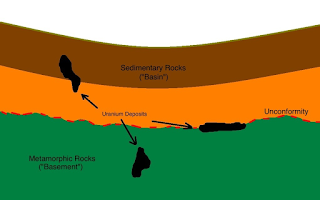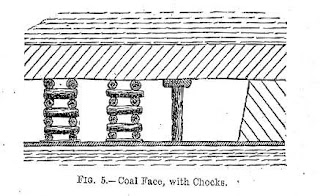micheal porters value chain model
Michael Porter's Value Chain Model is a tool used by businesses to analyze their internal processes and activities to identify ways to create value for their customers. The model is composed of a sequence of activities that a company performs to create value for customers. The model identifies five primary activities:
1. Inbound Logistics: Activities related to receiving, storing, and distributing inputs for the production process.
2. Operations: Activities related to producing goods and services.
3. Outbound Logistics: Activities related to the storage and distribution of finished goods.
4. Marketing and Sales: Activities related to promoting and selling products and services.
5. Service: Activities related to providing after-sales support.
I. Introduction:
A. Definition of Michael Porter’s Value Chain Model
B. Overview of how the Model works
II. Primary Activities
A. Inbound Logistics
B. Operations
C. Outbound Logistics
D. Marketing and Sales
E. Service
III. Support Activities
A. Procurement
B. Human Resource Management
C. Technology Development
D. Infrastructure
IV. Benefits of Using the Value Chain Model
A. Improved Efficiency
B. Greater Insight into the Business
C. Increased Profitability
V. Conclusion
A. Recap of the Value Chain Model
B. The Benefits of Using the Model
write a comprehensive note on each of the above points
I. Introduction:
Michael Porter's Value Chain Model is a tool used to analyze a company's activities and identify areas of competitive advantage. The model divides a company's operations into two categories: primary activities and support activities. Primary activities are those that are directly involved in the creation and delivery of a product or service, while support activities provide the infrastructure and resources necessary for the primary activities. By examining these activities, a company can gain insight into its operations and identify areas of potential improvement.
II. Primary Activities:
The primary activities of a company are those that are directly involved in the creation and delivery of a product or service. These activities include:
A. Inbound Logistics: This includes activities such as the storage and movement of raw materials, parts and finished goods.
B. Operations: This includes activities such as production, assembly, testing and packaging.
C. Outbound Logistics: This includes activities such as warehousing, distribution and delivery.
D. Marketing and Sales: This includes activities such as advertising, promotions, pricing and customer service.
E. Service: This includes activities such as installation, maintenance, repair and support.
III. Support Activities:
The support activities of a company are those that provide the infrastructure and resources necessary for the primary activities. These activities include:
A. Procurement: This includes activities such as sourcing, purchasing and negotiating with suppliers.
B. Human Resource Management: This includes activities such as recruiting, training and managing employees.
C. Technology Development: This includes activities such as research and development, product design and process improvement.
D. Infrastructure: This includes activities such as information systems, legal and accounting.
IV. Benefits of Using the Value Chain Model:
The Value Chain Model can be used to identify areas of potential improvement and increase efficiency and profitability. The benefits of using the model include:
A. Improved Efficiency: By examining the activities of a company, it is possible to identify areas of potential improvement. This can lead to increased efficiency and reduced costs.
B. Greater Insight into the Business: By looking at the activities of a company, it is possible to gain a better understanding of how it operates and where improvements can be made.
C. Increased Profitability: By identifying areas of potential improvement, it is possible to increase profitability through cost savings and increased efficiency.
V. Conclusion:
In conclusion, Michael Porter's Value Chain Model is an effective tool for analyzing a company's activities and identifying areas of potential improvement. By examining the primary activities and support activities of a company, it is possible to gain insight into its operations and increase efficiency and profitability. The benefits of using the model include improved efficiency, greater insight into the business, and increased profitability.









Comments
Post a Comment